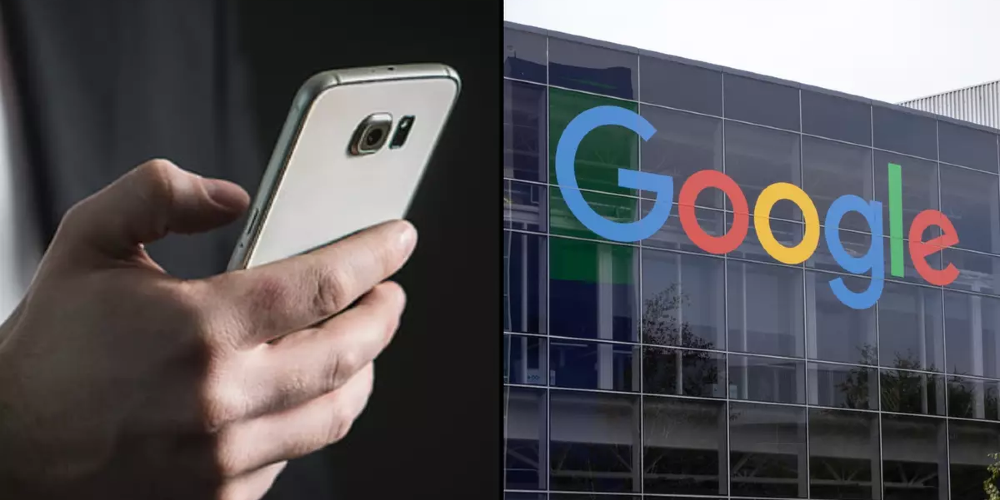Google's Phone App Experiment: A Step Back in Time or a Bold Move Forward?
- 973

In the fast-paced realm of mobile applications, it's uncommon to witness a developer possibly retracting in terms of design advancements. Yet, Google appears to be doing just that with its Phone app, experimenting with a design that harks back to an earlier era of Android app navigation. With the tech giant always at the forefront of innovation, this move has sparked curiosity and debate among users and tech enthusiasts alike.
The centerpiece of this experiment is the reintroduction of the hamburger menu, a navigational tool that had largely fallen out of favor in recent years. This menu, characterized by its three horizontal lines and slide-out panel, was once a staple of Android app design. However, as user interfaces evolved towards more gesture-based interactions, the tabbed navigation system became the norm. Google's decision to revisit the hamburger menu in its Phone app is intriguing, especially considering the company's role in setting design standards across its ecosystem.
What's particularly interesting about this redesign is its timing. With Android moving towards more intuitive, gesture-based navigation, reintroducing a navigation drawer could be seen as a step backward. However, Google's experimentation could also indicate a deeper understanding of user needs and preferences. Perhaps there's a segment of users who find the hamburger menu more straightforward or easier to use, especially those who prefer traditional navigation cues over swiping gestures.
Beyond the design change, there's also buzz around a new feature hinted at within the Phone app's code: satellite communication capabilities. This addition points to Google's broader vision for the Phone app, transcending traditional cellular networks and embracing next-generation communication technologies. It's a reminder that while the design may be looking back, the functionality is firmly looking forward, preparing for a future where connectivity is even more ubiquitous.
In conclusion, while Google's exploration of a design that many considered outdated might raise eyebrows, it's a testament to the company's willingness to challenge norms and adapt based on user feedback. Whether this design change will roll out to the public or remain an experiment remains to be seen. However, it underscores Google's commitment to innovation, not just in terms of technology but also in exploring the nuances of user interface design. As always, the tech community will be watching closely to see how this experiment unfolds and what it might signal for the future of app design.
